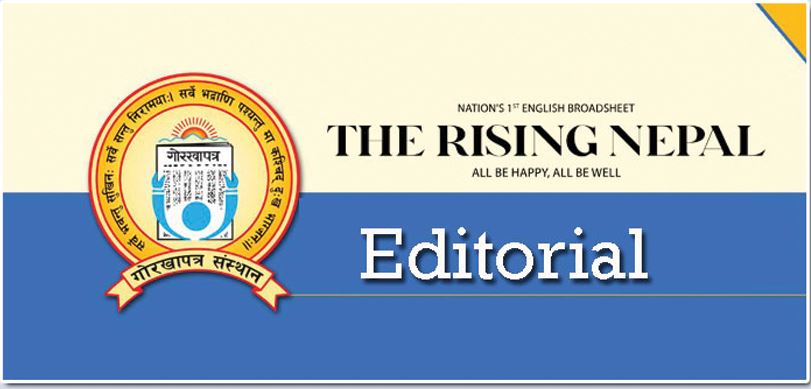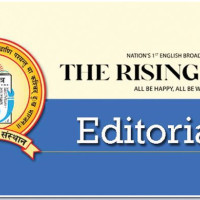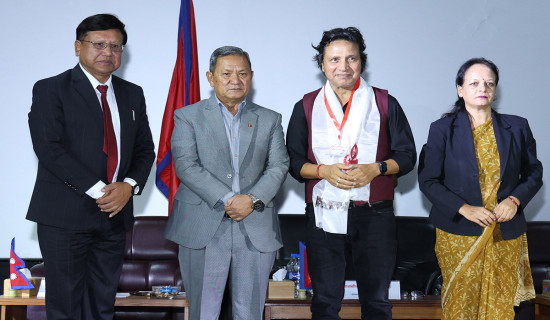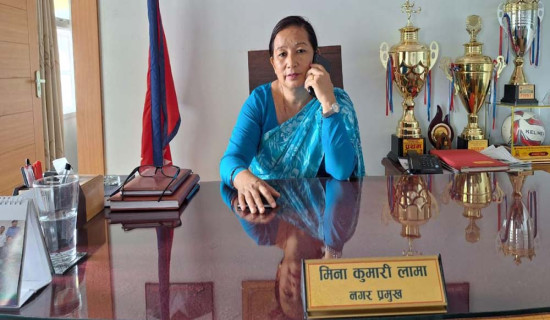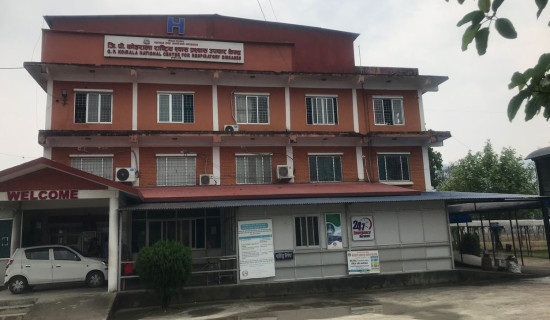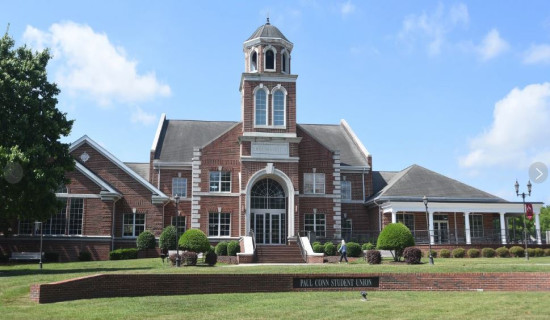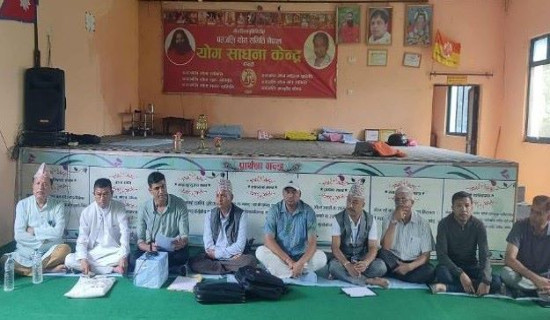- Sunday, 31 August 2025
Climate Finance Deal
After weeks of wrangling marked by tense negotiations between developing and developed countries, the United Nations climate talks at COP29 in Azerbaijan's Baku, finally reached an agreement to inject at least $300 billion annually by 2035 to humanity's fight against climate change – an increase by 300 per cent from $100 billion per year in climate finance by 2020 rich countries' previously pledged to provide. The goal is for developed countries to help developing nations cope with the ravages of the climate change impacts.
However, the agreement falls well short of the $1.3 trillion developing countries were asking for. The African Group of Negotiators described the final pledge as "too little, too late", while the representative from India criticised the money as "a paltry sum". The fund is expected to help poorer countries pivot away from fossil fuels and invest in renewable energy such as wind and solar power. There was also a commitment to tripling the money going towards preparing countries to deal with climate change, though, historically, only 40 per cent of the funding available for climate change is said to have gone towards this effort.
That said, the commitment of more money is a recognition that developing nations bear a disproportionate burden from climate change, despite contributing the least to climate change. The amount will go to developing countries who need the cash to wean themselves off the coal, oil and gas that cause the globe to overheat, adapt to future warning and pay for the damage caused by climate change-propelled extreme weather phenomena.
Countries hit hardest by climate change say they were pressured to accept an ‘insultingly low’ deal at the summit. But many analysts see the deal as a significant step towards helping countries on the receiving end create more ambitious targets to limit or cut emissions of heat-trapping gases. The climate-vulnerable countries have also called for the money to be provided in grants and not in loans, explaining that the added loans would only send them sliding further into debt they are already struggling to repay.
As far as we are concerned, the deal, though nowhere near the needed amount, it is more than $250 billion that was on the offer in the earlier phase of the negotiation, irking many countries and stalling the summit in its final hours. Some experts have lauded this milestone, saying that it has opened the door for more funds in the future. This adaptation funding is a matter of climate justice, ensuring that those who are least responsible for the crisis are not left to bear the brunt alone. Climate change impacts in vulnerable regions can have ripple effects globally, such as through disrupted supply chains, migration flows, and increased pressure on humanitarian systems. Investing in adaptation helps prevent these wider consequences.
Climate-induced displacement and resource conflicts are the issues of growing concerns. Adaptation measures can mitigate these risks by safeguarding livelihoods and providing communities with the means to stay in their homes. Island nations and least developed countries are facing existential threats such as sea-level rise and desertification. These countries often have low GDP and struggle to fund large-scale adaptation projects, such as building resilient infrastructure, upgrading water systems, or implementing advanced agricultural practices. External funding is essential to bridge the financial gap and ensure timely action.
Climate adaptation aligns with the broader goals of sustainable development by reducing vulnerabilities and building resilience. Investment in adaptation can help protect environment, ecosystem, water resources and create jobs.

